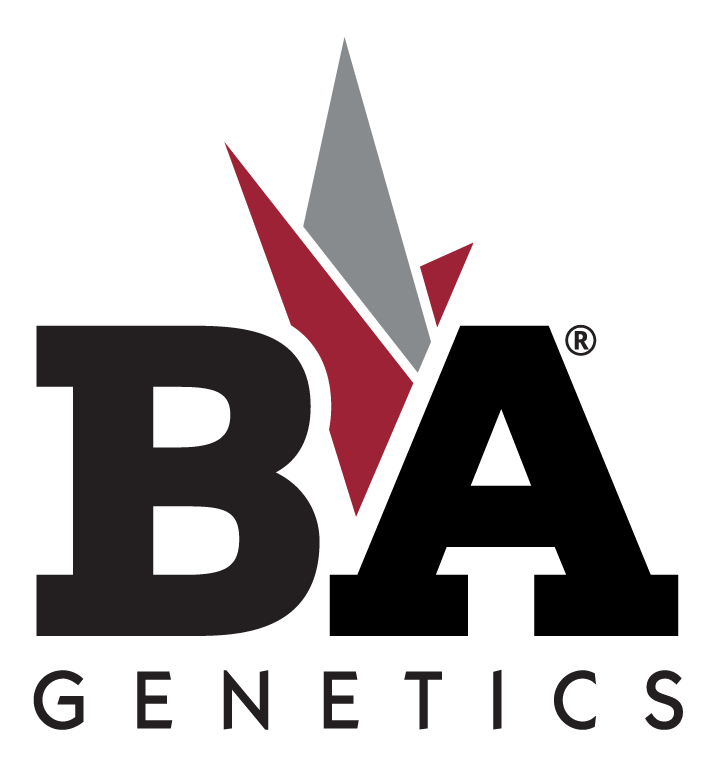The Workhorse Nutrient – Phosphorus
It’s known as the workhorse of nutrients for corn and soybeans. It is responsible for cell division, root growth, photosynthesis and energy production. Phosphorus is essential for not only vigorous growth but also the development of reproductive parts and seed formation. Adequate phosphorus in plants also enhances crop maturity, particularly in grain crops like, corn and soybeans. It also reduces time required for grain ripening. Balanced phosphorus in soybeans helps with and increases nitrogen fixation in the plant roots.
Amount of phosphorus
Phosphorus is needed in large amounts for both corn and soybeans.
– 200 bu/ac corn crop uses 110 pounds of phosphorus for production of grain and stover.
-60 bu/ac soybean crop uses nearly 60lbs of phosphorus for production of grain and stover.
pH levels with phosphorus
The best pH for phosphorus availability is around a soil pH of 6.5. Phosphorus starts to tie up with other soil nutrients at a pH of 7.5 and above.
Phosphorus uptake
Uptake of phosphorus is done in two ways, primarily by root interception and secondarily by soil solution. Any compaction or root restriction can limit the uptake of phosphorus.
Phosphorus deficiency
Phosphorus deficiency early in the growing season when the crop is young, can cap yields later in the season by affecting seed development. Phosphorus deficiencies around the V6 growth stage in corn, when the number of kernels around on the ear are developing, can reduce yields. Environmental conditions such as cold soils and soils with a hard pan can limit phosphorus uptake even though there is adequate phosphorus is available. Visual symptoms of phosphorus deficiency include:
-stunted growth
-poor root development
-purpling of corn tissue (when the plants are young)
Application of phosphorus
Phosphorus is commonly supplied with dry or liquid fertilizer applications and manure applications. Phosphorus can be applied as dry fertilizer in the spring or fall and as a liquid like, 10-34-0 in a 2×2 starter band.
Loss of phosphorus
The loss of phosphorus is mainly done through erosion with the movement of soil with attached phosphorus into waterways. To prevent the loss of soil, no-till, minimum till and strip till are all good options to keep the unwanted movement of phosphorus in local waterways by leaving more residue on the surface. Also, cover crops can be a good option to prevent soil erosion and loss of phosphorus. Some cover crop research has shown that planting a cover crop that reduces soil erosion can reduce or prevent off target movement of phosphorus. Organic forms of phosphorus need soil microbes to convert to a form for plant uptake. B&A Genetics seed with Protect-N-Grow Elite, both corn and soybeans, on it has a biological that promotes the growth of beneficial microbes that makes soil phosphorus more available for plant uptake.
Let us help you
If you would like to learn more about B&A Genetics, Protect-N-Grow seed treatment and how managing phosphorus can lead to higher yields contact your local B&A Genetics EdgeUp Advisor.

